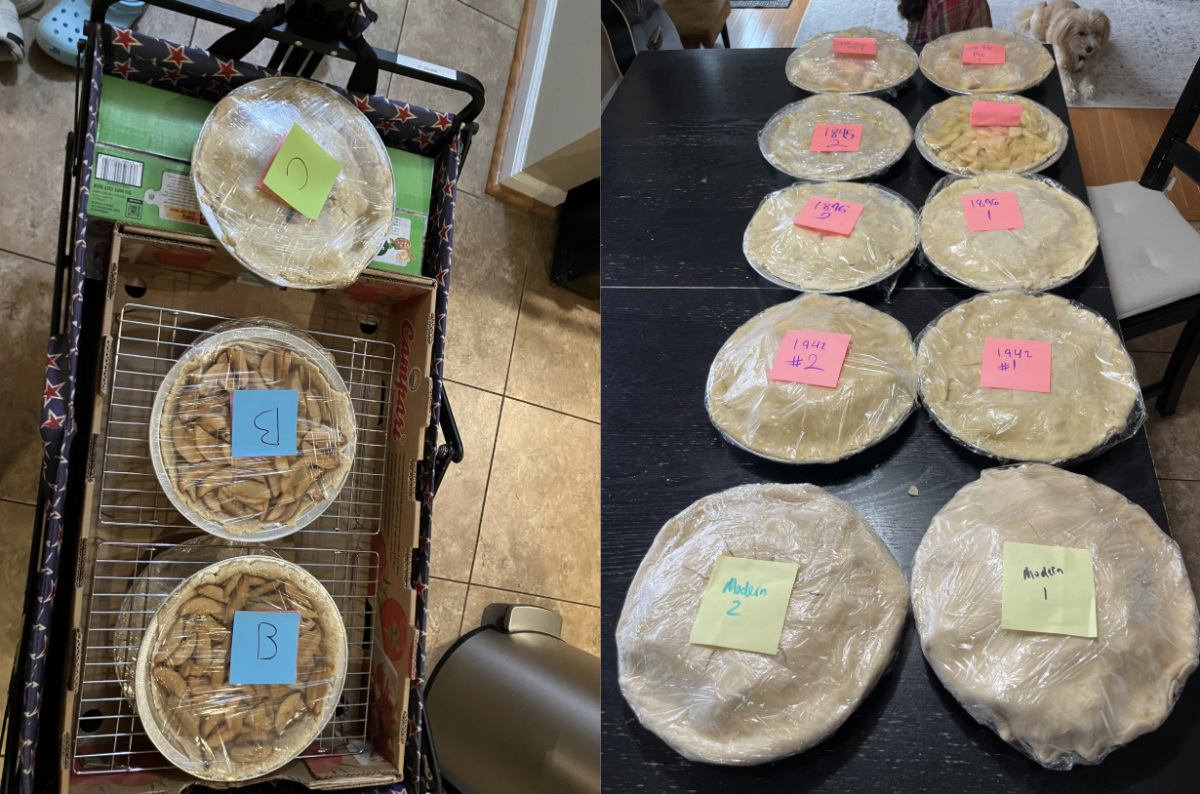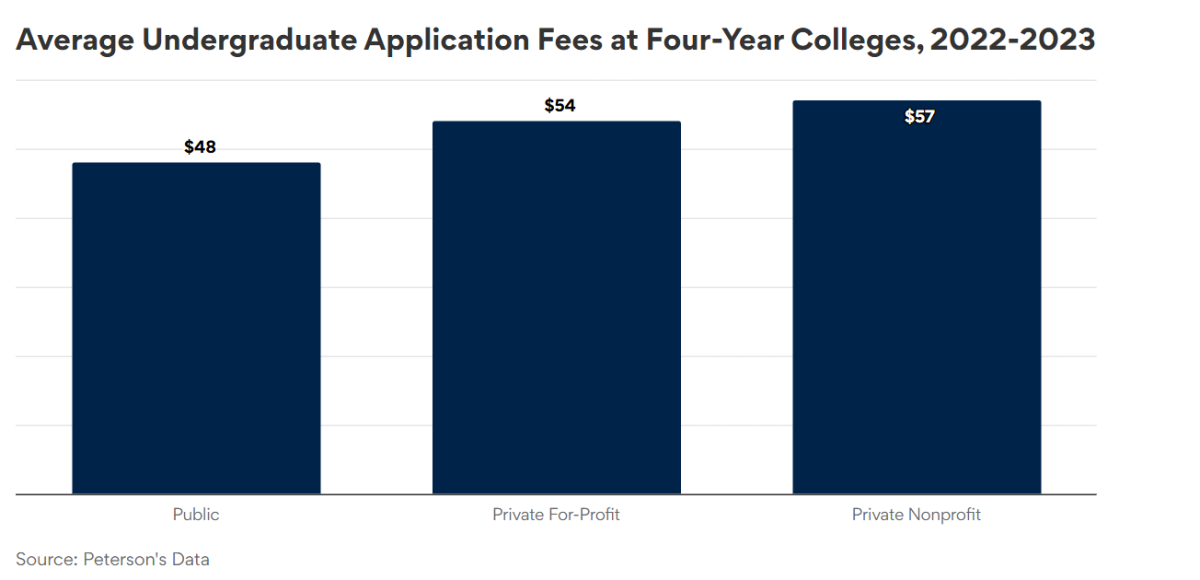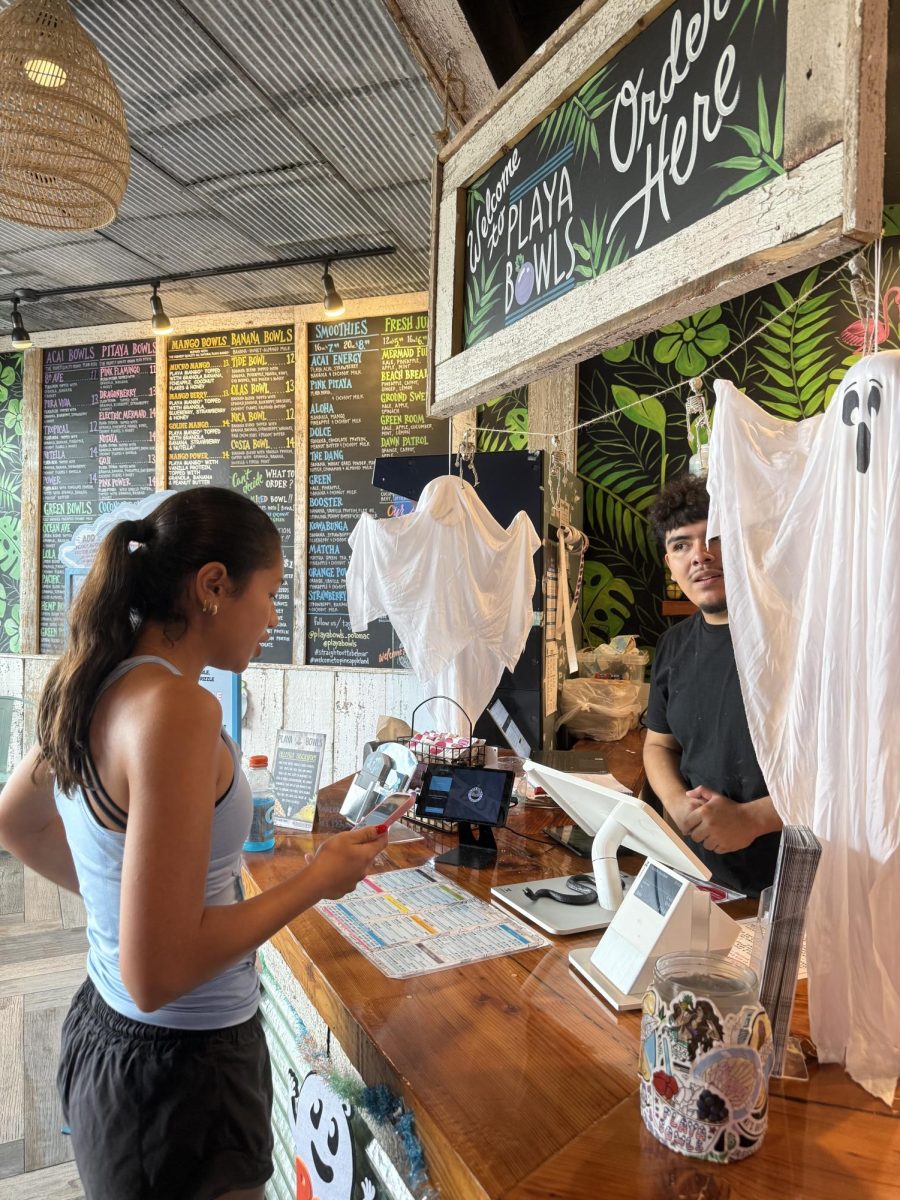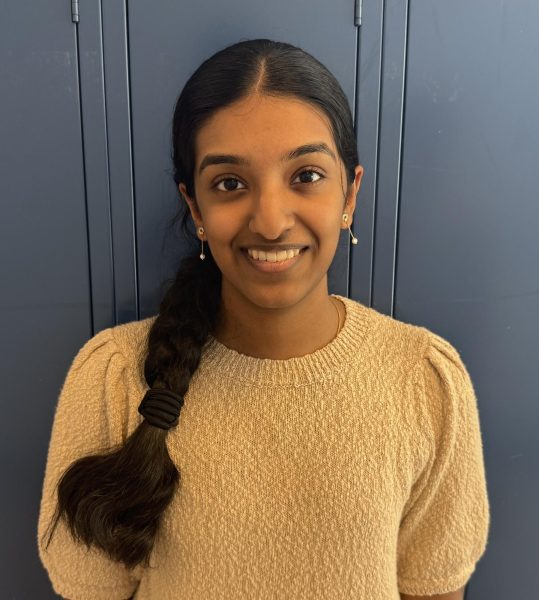Case studies, interviews, experiments and surveys paired with a 5,000-word research paper and 20-minute presentation equate to the class of AP Research. Although its name may sound straightforward, AP Research is far from simple. The class teaches students how to conduct research in a college setting through the collection and analysis of data.
At the beginning of the school year, students choose a topic that they would like to research and work toward producing a final paper and presentation that answers a research question in the area they chose. The layout of a student’s final paper is the same as in any published research paper.
According to AP Research teacher Brett Bentley, the first section of the paper starts with a general consensus of what is currently known in the field that the student is researching and what isn’t, as well as their research question. This is followed by the student’s method, which describes how the student collected data so that it is reproducible, and the ethics of their research. The third and fourth sections are the results and discussion, where students reflect on their results and how they answered their research question, which segues into the conclusion, where students wrap everything up and suggest future research for their paper.
Students are allowed to choose from a wide scope of topics they can research, but no matter what they choose, students will have to collect data, analyze it and draw conclusions. “We have kids watching Disney movies, we have kids interviewing doctors, we have kids working in science labs to collect data; it’s all over the gambit, whatever the kid’s interested in,” Bentley said.
Apple pie was a unique topic sought by junior Mia Yang. Yang’s study focused on finding the difference in taste between American apple pies from different time periods. “I looked at recipes about 50 years apart (1796, 1845, 1896, 1942, 2023). So, I looked at both the differences in the actual pie itself (ex. how it tasted, looked) and how the recipe was written,” Yang said.
To conduct her study, Yang set up a pie-tasting sampling one day during lunch, with bite-sized samples of each pie for students to try. Ingredients were labeled on each pie for those with allergies and all the pies contained no meat to allow as many people as possible to try them. Yang culminated her findings by using the statistical “repeated measures ANOVA (analysis of variance)” test to find the mean value of the taste between the pies.
Junior Vikram Reddy focused his project on the relationship between the communication style of pediatricians and their formation of a trusting relationship with adolescent patients. Reddy conducted surveys for both MCPS high schoolers and pediatricians to gauge their input. “After collecting all the data over a period of about four weeks, I used statistical tests to determine the overall strength of the relationship between the clarity of a pediatrician’s communication and the comfort that patients have in discussing health information,” Reddy said.
With the amount of preparation and work that goes into gaining and presenting research, there have been challenges for students. For Reddy, challenges arose during the actual means of gaining data. “The most difficult aspect of the method was recruiting the physicians for participation. Many practices have emails, but only front desk staff check them, and not the pediatricians themselves. In addition to calling and emailing, I drove to some of the offices to ask in person if it would be possible for me to give my survey to the physicians at the practice,” Reddy said.
In Yang’s case, she was discouraged from using the repeated measures ANOVA test. “I was actually warned against using [this test] but there wasn’t a good way to analyze the data. To do this method, I had to use Excel rather than Google Sheets, which was pretty annoying,” Yang said.
Despite these challenges, AP Research solidifies its place as a worthy and practical class. Both Yang and Reddy share the sentiment that the class will play a useful role in future research projects and understanding the importance of data findings, regardless of the field.
In addition to the class’ practicality for students seeking higher education or professional careers, Bentley found the independence and liberty that AP Research grants students to be valuable. “These productions of research materials and public-speaking [presentations] are opportunities that I don’t think kids are getting enough in high school. This class kind of polishes out some skills for students before they go to college,” Bentley said.








![Editors-in-Chief Ahmed Ibrahim, Helen Manolis, Cameron Cowen, Alex Grainger, Emory Scofield, Hayley Gottesman, Rebekah Buchman and Marley Hoffman create the first print magazine of the year during the October press days. “Only a quarter of the schools in MCPS have programs that are like ours, a thriving, robust program. That makes me really sad. This is not just good for [the student journalists] to be doing this, it’s good for the entire community. What [student journalists] provide to the community is a faith in journalism and that continues for their lifetimes," Starr said.](https://woottoncommonsense.com/wp-content/uploads/2025/10/wmpoFTZkCPiVA3YXA4tnGoSsZ4KmnKYBIfr18p3l-900x1200.jpg)
